A mountain guide for 15 years, Ozdemir then turned towards the torrent carrying dozens of blocks of ice below a slope covered with grass and rocks – a sign of glacier loss being exacerbated by global warming.
“You can see that there are quite a few pieces of glacier in the water right now … the reason why the waterfalls flow so lushly actually shows us how fast the ice is melting,” he said.
The glaciers of Mount Cilo, which rises to 4,135 metres (13,566 feet) in the province of Hakkari on the Iraqi border, are the second largest in the country behind those of Mount Ararat (5,137 metres / 16,854 feet) – 250 kilometres (155 miles) further north.
As global temperatures rise amid human-caused climate change, new sections of the mountains that were once capped in ice are melting rapidly year after year.
Turkiye, which is experiencing punishing heatwaves, drought and wildlfires, even registered a record temperature of 50.5 degrees Celsius (122.9 degrees Fahrenheit) on Friday in Silopi, some 200 kilometres (124 miles) from Hakkari.
“The melting process is faster than we expected. According to our research, in the last 40 years, we have lost almost 50 percent of this continuous snow and ice cover in this place,” said Onur Satir, a professor at Yuzuncu Yil University and specialist in geographical information systems in the eastern province of Van.
“Some places melt faster than others, so actually it’s showing us which places must be protected, but we have no opportunity to cover the whole ice area,” Satir said.
In recent years, several glaciers in the Alps have been covered with white tarpaulins in an attempt to delay their demise.
According to the United Nations, glaciers in several regions of the world will not survive the 21st century, threatening the water supply of hundreds of millions of people.
The surrounding landscape is a delight for walkers, many of whom have flocked to the Hakkari mountains since the guns fell silent in recent years in the region, where fighters from the Kurdistan Workers’ Party (PKK) have long challenged the Turkish state.
The ongoing peace process with the PKK, which has begun a disarmament process, suggests that tourism will accelerate in the area, which became a national park in 2020.
But melting ice has made certain areas dangerous. In July 2023, two walkers were killed when they were swept away by a block that broke off from a glacier.
“People should not walk on the ice,” Ozdemir warned, voicing concerns about the safety of walkers and the preservation of glaciers.
“This region is 40–50 kilometres (25–31 miles) away from the city, but there was no road in the past. Now, with the construction of the road, more vehicles are coming here and the increase in the number of people coming here actually accelerates the melting a little bit,” said the 38-year-old guide.
A UN report on desertification worldwide estimates that 88 percent of Turkey’s territory is at risk: rainfall is expected to decrease by 30 percent by the end of the century, while temperatures are expected to rise by 5 to 6C (9 to 10.8F) compared with averages recorded between 1961 and 1990.

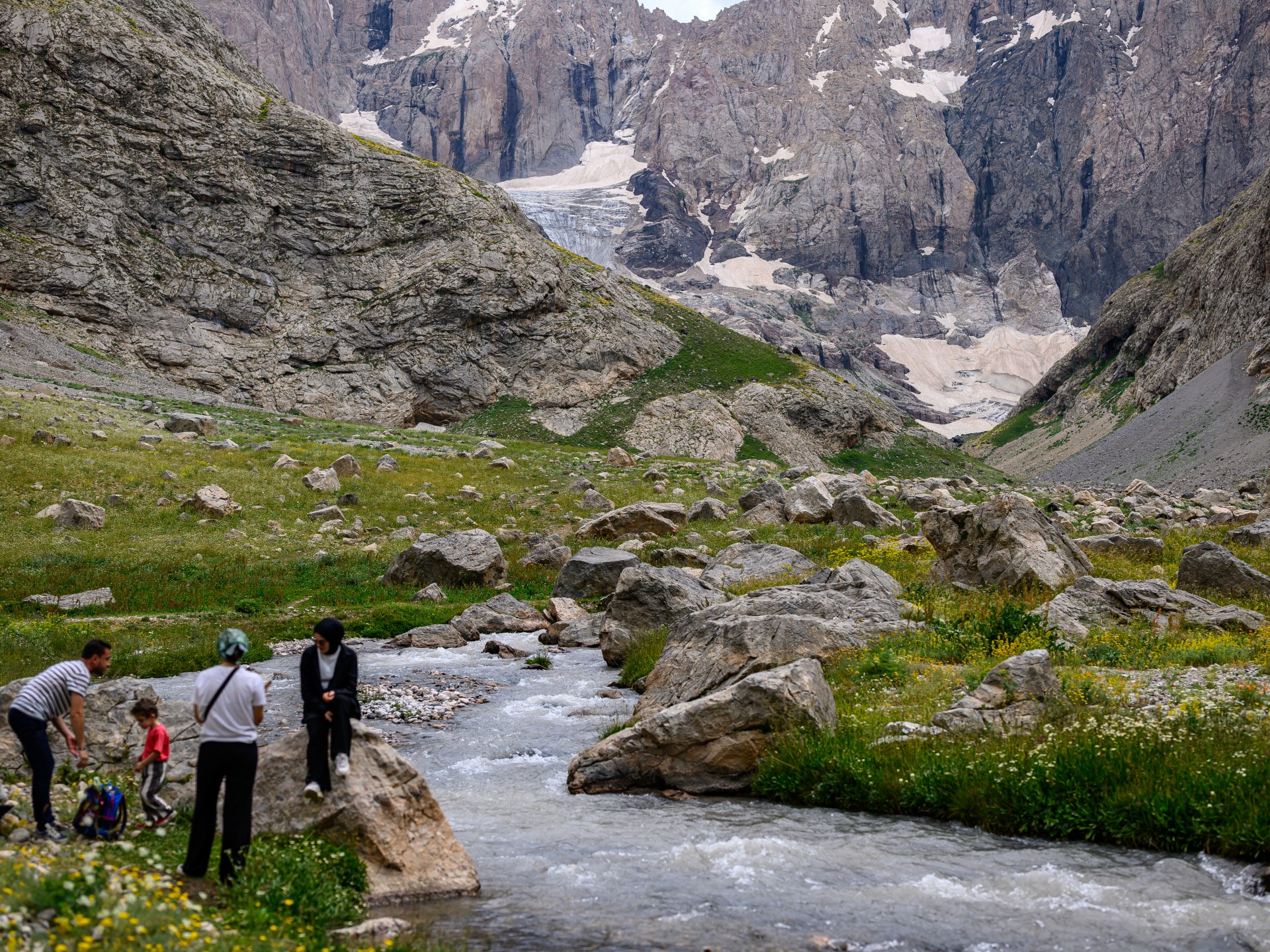
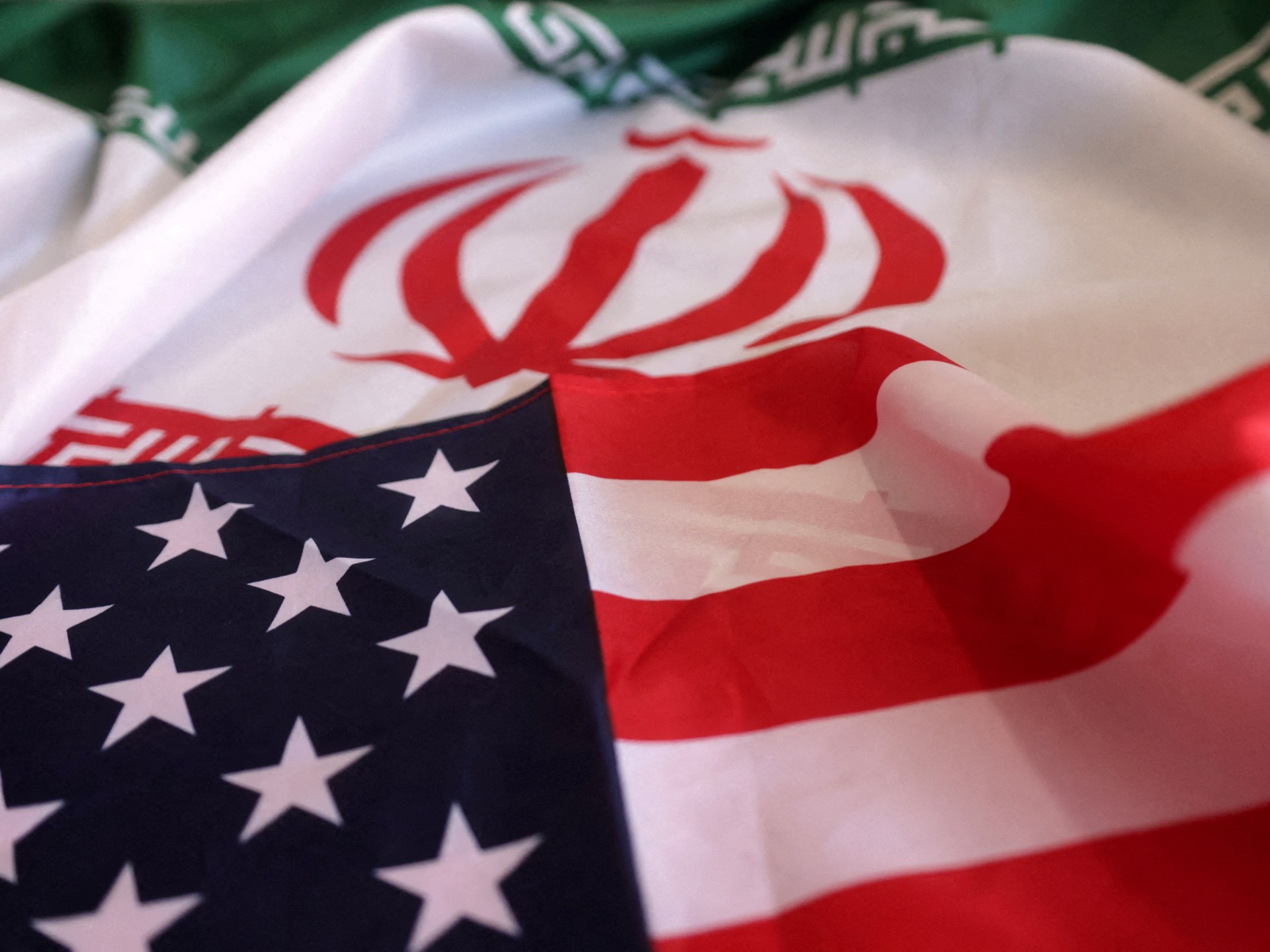

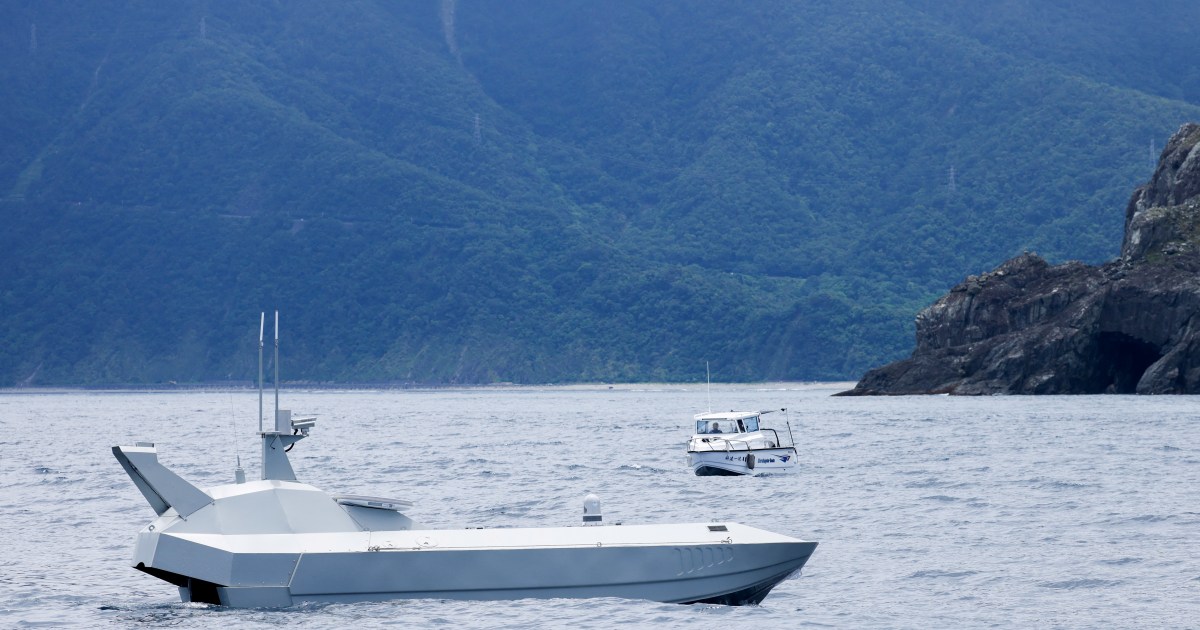
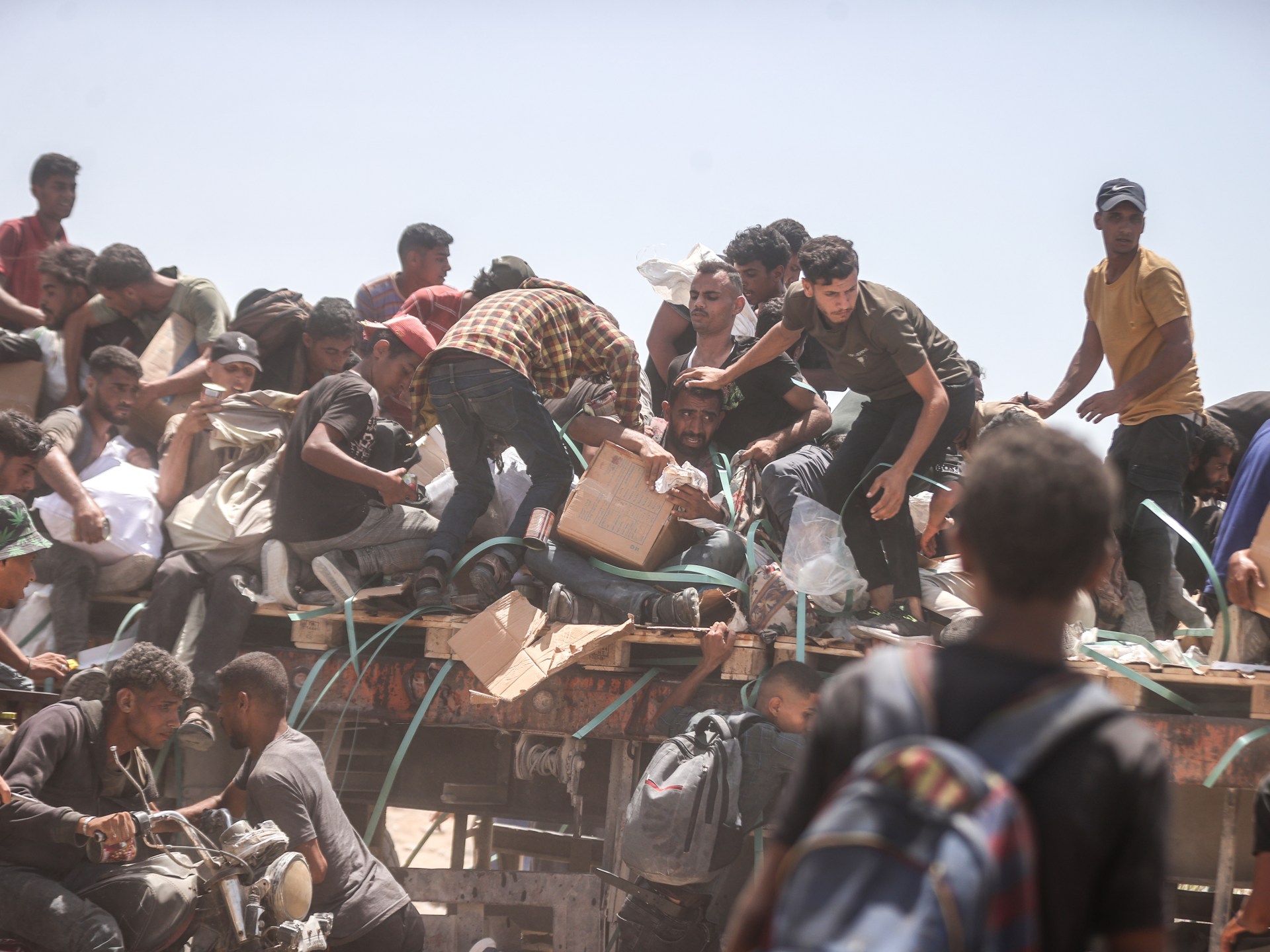
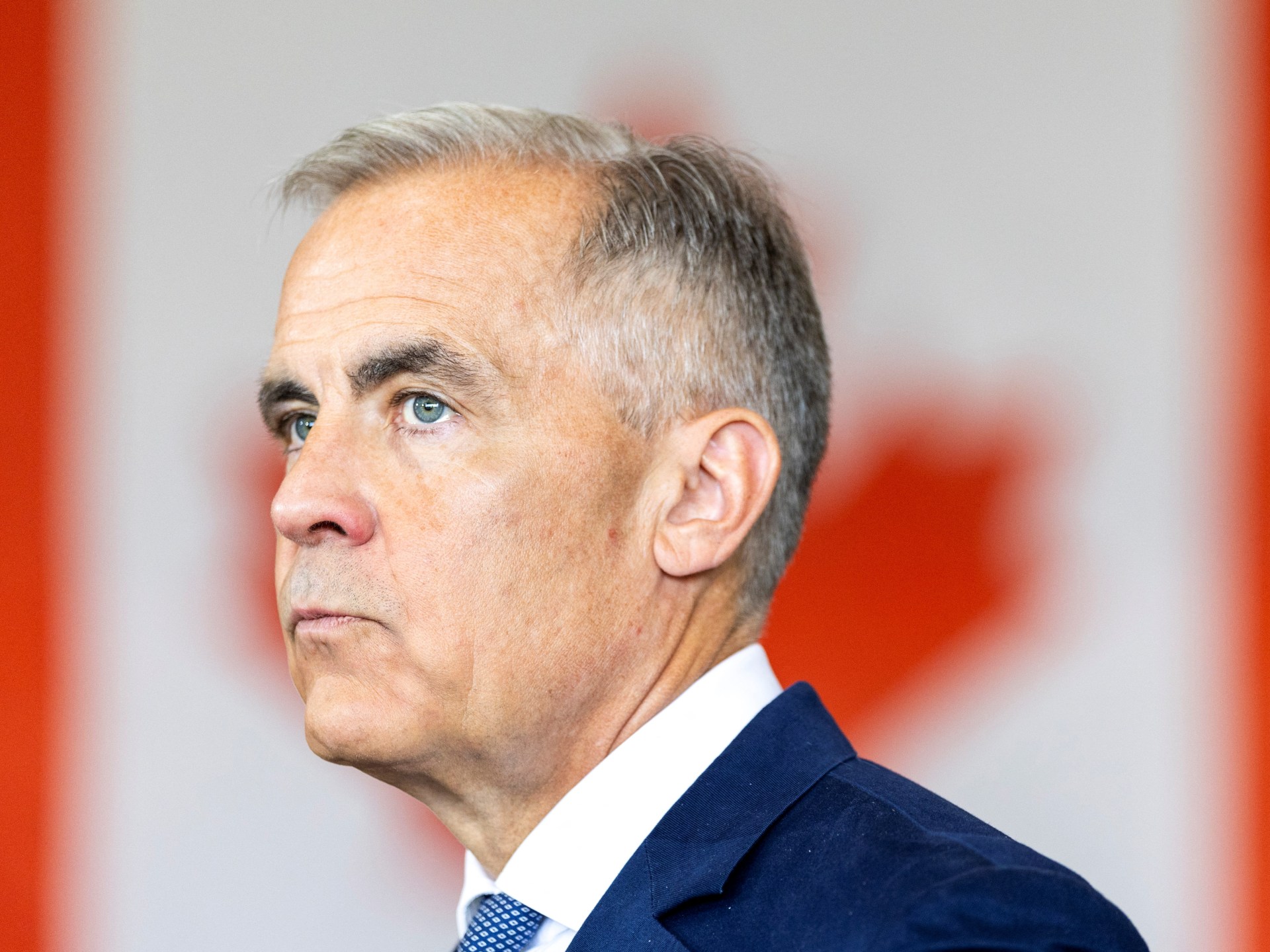
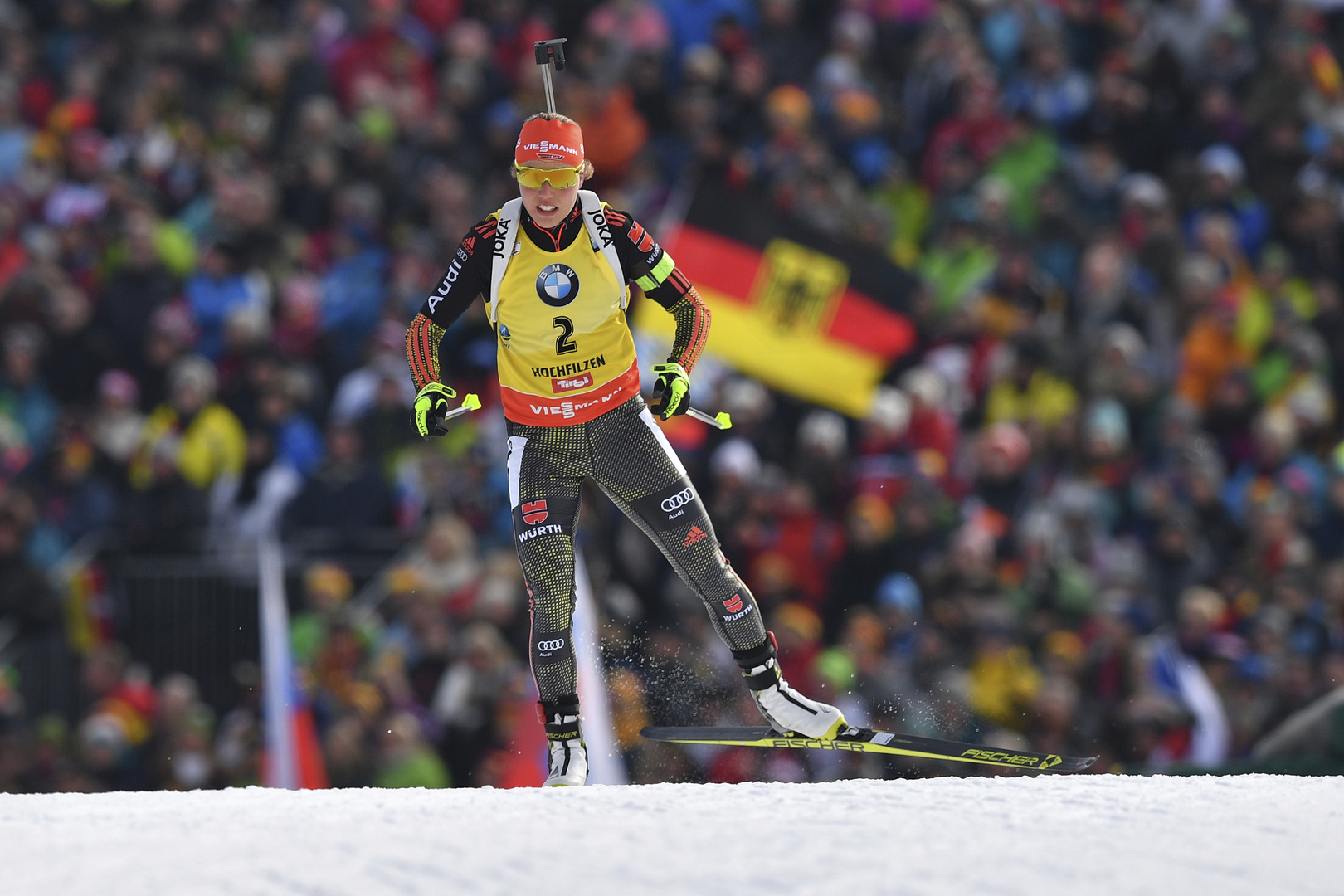
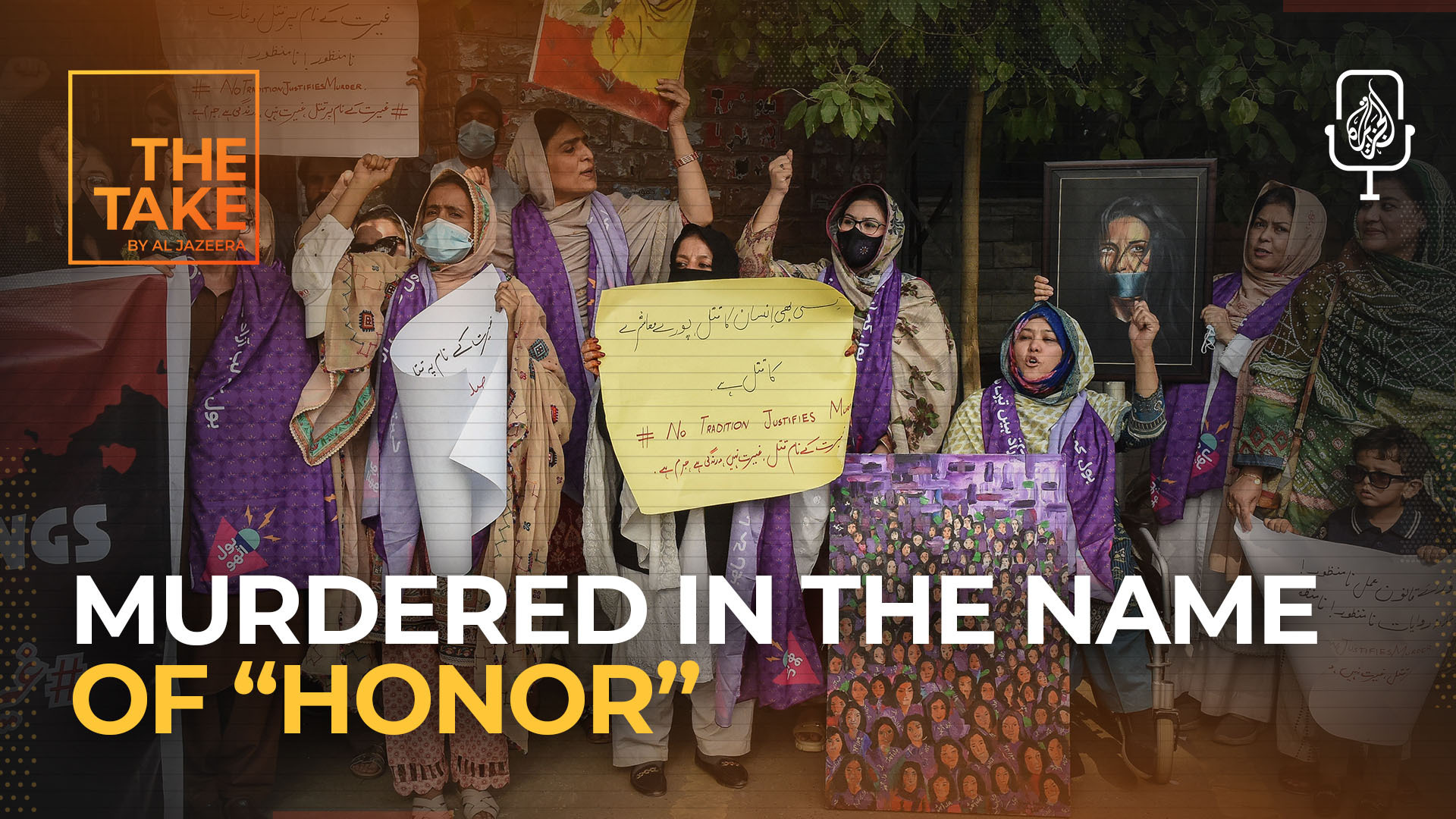
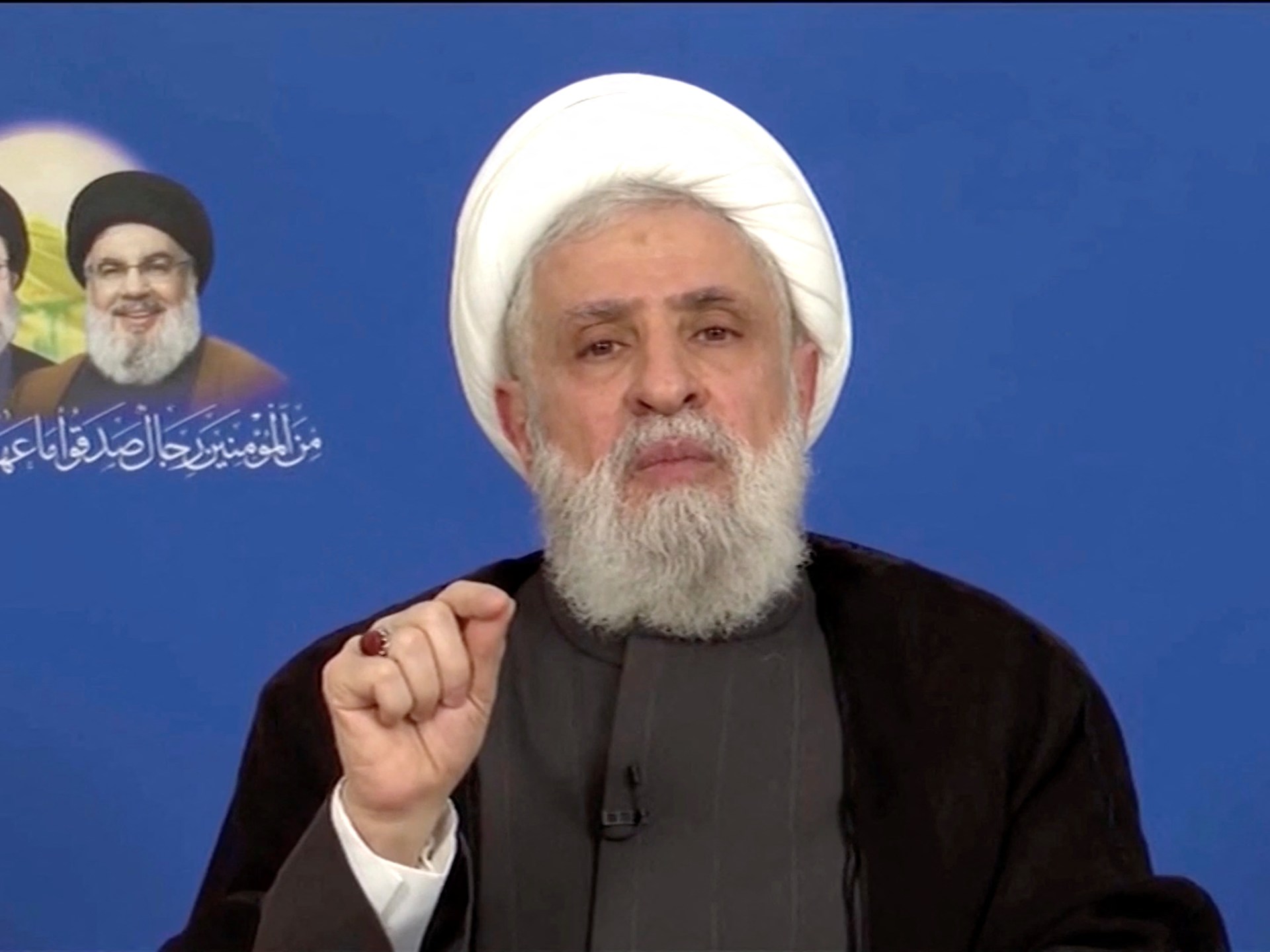




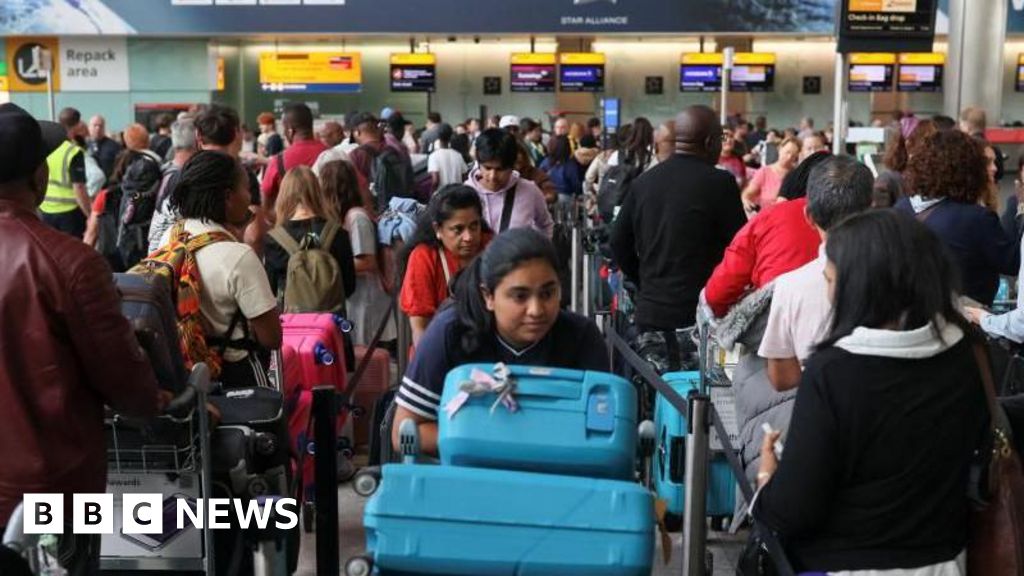
Leave a Reply